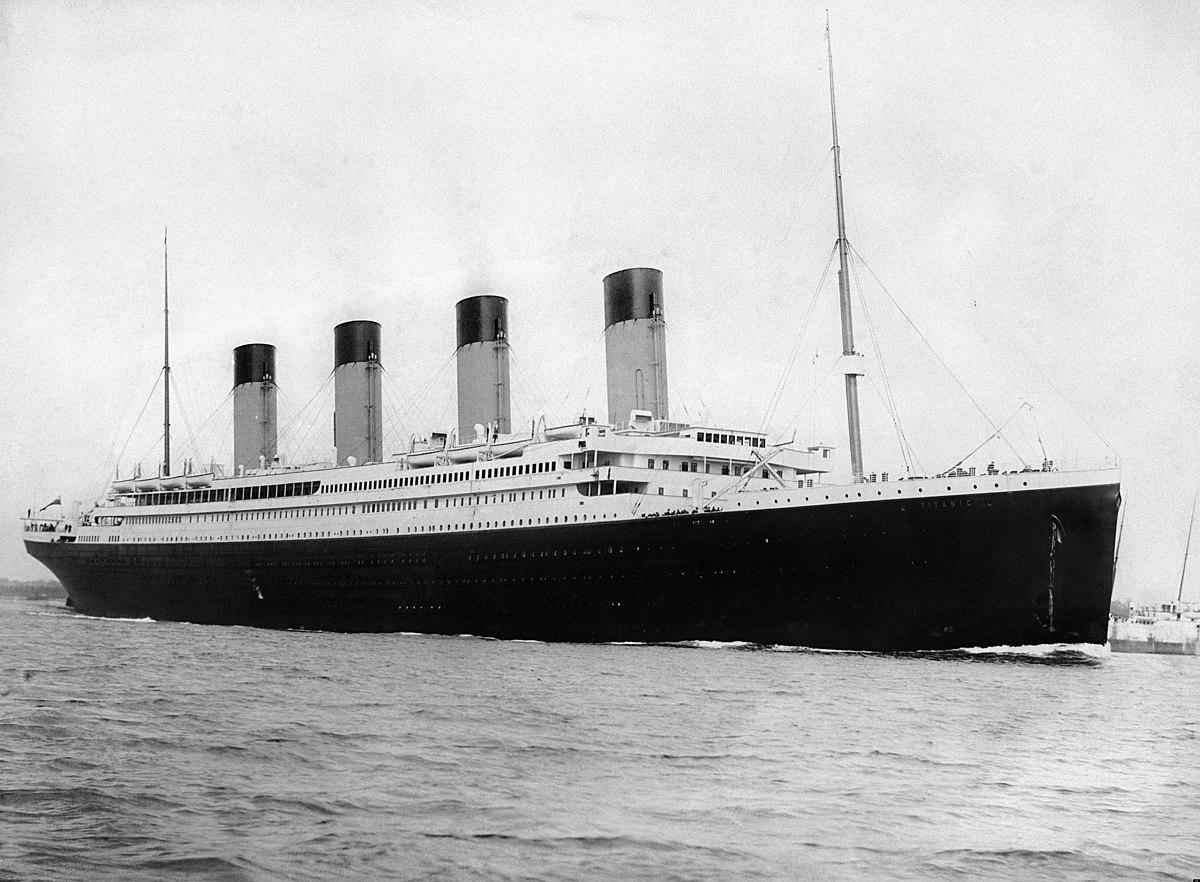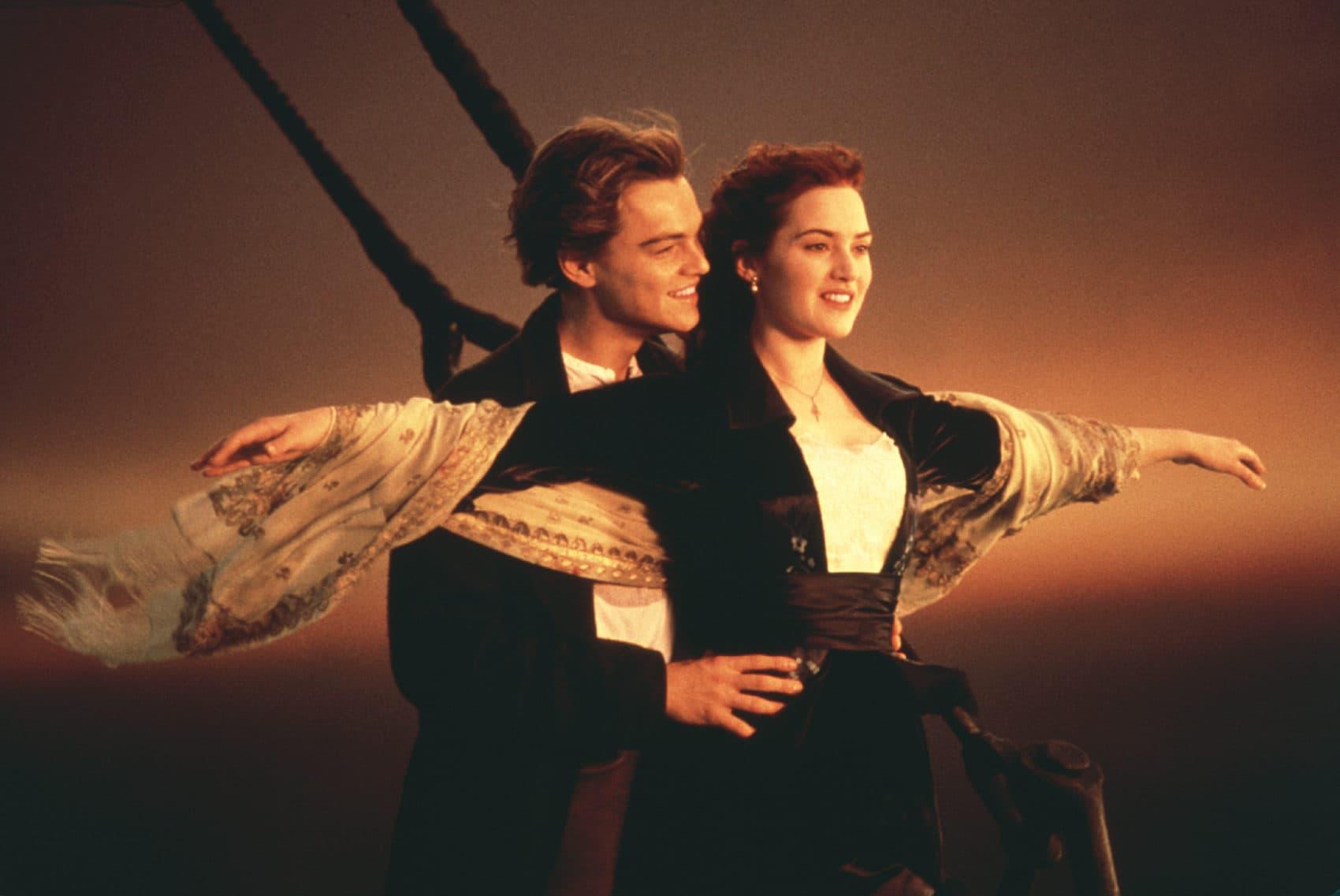In the pantheon of cinematic achievements, few films have reached the iconic status of James Cameron‘s “Titanic.” Released in 1997, the film quickly became a cultural phenomenon, lauded for its groundbreaking visual effects, compelling narrative, and sweeping romantic score. Garnering 11 Academy Awards and holding the title of the highest-grossing film of all time for over a decade, “Titanic” has been celebrated as a monumental achievement in filmmaking. Yet, as the years have passed and cinematic tastes have evolved, questions arise about whether “Titanic” truly deserves its enduring reputation as one of the greatest films in history. This article delves into the film’s artistic and technical merits, its cultural impact, and the critiques it faces, providing a balanced examination of whether “Titanic” merits its esteemed position in film lore.
Cinematic Mastery and Storytelling Techniques
James Cameron’s Titanic is often hailed for its cinematic mastery, a testament to the director’s meticulous attention to detail and innovative storytelling techniques. One of the standout features is its use of visual storytelling. The film’s sweeping cinematography captures the grandeur and subsequent tragedy of the ill-fated ship, immersing audiences in a visual narrative that communicates emotion and tension without relying solely on dialogue. The use of practical effects combined with CGI was groundbreaking at the time, setting a new standard for visual storytelling in cinema.
- Character Development: The film masterfully weaves individual character arcs into the broader historical context, allowing viewers to connect personally with the story.
- Non-linear Narrative: The structure of the film, alternating between past and present, adds depth and complexity, keeping audiences engaged while unraveling the mystery of the Titanic’s sinking.
- Symbolism: The narrative employs symbolism to underscore themes of love, class disparity, and human hubris, enriching the story beyond its historical roots.
Ultimately, Titanic‘s status as one of the greatest films is not just a reflection of its box office success or its array of awards but rather its enduring impact on audiences and filmmakers alike. Its combination of technical innovation and emotional storytelling continues to influence the art of filmmaking, making it a quintessential study in cinematic excellence.
Cultural Impact and Audience Reception
The release of Titanic in 1997 marked a pivotal moment in cinematic history, reshaping the landscape of film with its unprecedented blend of visual spectacle and emotional depth. Its cultural impact is underscored by its massive box office success and its ability to resonate with audiences across different demographics. Critics and viewers alike have lauded the film for its meticulous attention to historical detail and the compelling performances by its lead actors, Leonardo DiCaprio and Kate Winslet. This success is reflected in the film’s remarkable longevity, as it continues to capture the imagination of new generations through re-releases and special anniversary screenings.
- Iconic Scenes: The film has given us unforgettable moments that have become ingrained in popular culture, from Jack and Rose’s embrace at the bow of the ship to the haunting depiction of the sinking.
- Soundtrack Influence: The soundtrack, particularly the song “My Heart Will Go On,” achieved immense popularity, further cementing the film’s place in cultural consciousness.
- Fashion and Style: The costumes and set designs sparked a revival of early 20th-century fashion trends, influencing both cinema and mainstream fashion industries.
However, the film’s reception has not been without its critics. Some argue that its melodramatic narrative and romanticized depiction of a tragic historical event detract from its artistic merit. Yet, despite these critiques, the film’s ability to evoke a strong emotional response remains a testament to its storytelling prowess. As audiences continue to debate its legacy, Titanic‘s enduring influence in the film industry and its widespread popularity suggest that its status as one of the greatest films may well be deserved.

Comparative Analysis with Other Iconic Films
When comparing Titanic to other iconic films, several factors come into play, such as box office performance, cultural impact, and critical acclaim. James Cameron’s masterpiece stands tall alongside giants like The Godfather, Star Wars, and Casablanca, each of which has carved a niche in cinematic history. However, it’s crucial to dissect what makes these films enduring legends. For instance, while The Godfather is lauded for its intricate storytelling and character development, Star Wars is celebrated for its groundbreaking special effects and expansive universe.
- Cultural Impact: Titanic became a global phenomenon, influencing fashion and music, much like Star Wars did with its merchandise empire.
- Box Office Success: Both Titanic and Star Wars were record-breaking box office hits, yet Titanic held the top spot for over a decade.
- Critical Acclaim: While Casablanca and The Godfather are often cited for their narrative depth, Titanic is praised for its technical achievements and emotional resonance.
Thus, when considering if Titanic deserves its status, one must weigh these elements against each other. The film’s ability to combine historical drama with a love story, all while pushing cinematic boundaries, makes it a worthy contender among the greatest films. Whether it holds the same intellectual depth as some of its peers is a matter of personal perspective.

Recommendations for Future Viewers and Critics
For future viewers and critics of Titanic, a few considerations may enhance the appreciation and critique of this cinematic masterpiece. When analyzing its impact, consider the following:
- Historical Context: Evaluate how Titanic reflects the cultural and cinematic trends of the late 1990s. Consider its role in shaping the future of blockbuster filmmaking and its influence on subsequent epic romances.
- Technical Innovation: Acknowledge the groundbreaking visual effects and production design. Examine how these elements contributed to its immersive storytelling and set a new standard for cinematic realism.
- Narrative and Themes: Delve into the film’s narrative structure and thematic depth. Consider how it balances historical accuracy with fictional romance and what this says about the broader human experience.
- Character Development: Reflect on the complexity and growth of the characters. How do their arcs contribute to the film’s enduring appeal?
- Emotional Resonance: Consider the emotional impact on audiences, both during its initial release and in contemporary viewings. How does the film manage to maintain its emotional pull over time?
By focusing on these aspects, future viewers and critics can engage in a nuanced exploration of why Titanic continues to hold a place among the greatest films, offering insights that go beyond its initial acclaim.
